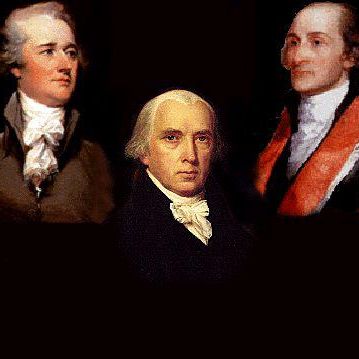



The United States has witnessed a dramatic increase in homicides, with over half remaining unsolved as per the FBI’s latest data.
The Murder Accountability Project (MAP) found that 54% of the 21,570 homicides reported in 2020 were unsolved.
Thomas Hargrove, the founder of MAP, noted that the clearance rate has been in steady decline since the 1960s, when over 90% of homicides were solved. In contrast, the clearance rate was 66% in 2010 and 61% in 2019.
The rising number of unsolved homicides is further complicated by the unprecedented 30% increase in U.S. homicides in 2020.
The FBI reported that 2021 witnessed a nearly 25-year high in homicides, with 6.9 murders per 100,000 people, just slightly below the 1996 rate of 7.4.
Hargrove attributed the growing number of unsolved cases to two primary issues.
First and foremost, Hargrove highlighted the lack of resources available to police departments to handle major crime caseloads.
Related: “Squad” Members Spend Over $1 Million on Private Security Amid Calls to Defund the Police
“There simply aren’t enough boots on the ground to properly investigate and prosecute offenders. It’s been that way for a while. Local governments increasingly are broke,” he explained.
The second leading cause, according to Hargrove, is the strained relationship between law enforcement and the communities they serve, especially following George Floyd’s murder in 2020.
Hargrove emphasized that the issue was not an unwillingness by the police to solve murders in the black community, but rather the consequence of a broken relationship with them. He noted that there is a significant disconnect between citizens and law enforcement.
In the field of criminal justice, the term “procedural justice” is used to explain why some individuals do not cooperate with law enforcement if they assume they will not be treated fairly.
Hargrove said this issue became more prominent following Floyd’s murder.
MAP’s research also revealed that Black communities, particularly those in urban areas, bore the brunt of the dramatic decrease in the U.S. homicide clearance rate. Clearance rates for White, Asian-American, and American Indian victims remained steady or improved over time.
Hargrove pointed to Philadelphia as a prime example, where only 42% of homicides were cleared in 2020.
In predominantly Black neighborhoods in Chicago, less than 22% of 800 homicides were cleared by prosecution in 2021, according to an analysis by Live Free Chicago.
Hargrove, who is on a first-name basis with the Chicago Police Department’s chief of detectives, remarked that the department lacks adequate resources.
“They don’t have enough trained detectives, enough forensic technicians, enough laboratory capacity. … And a similar thing is happening in Philadelphia,” he said.
The mounting unsolved homicides and strained resources for law enforcement present a significant challenge to public safety in the United States.
Villainizing law enforcement with the “defund the police” movement has been an abysmal failure.
